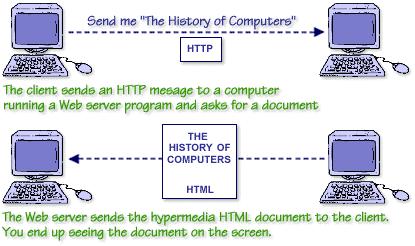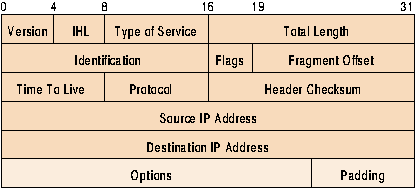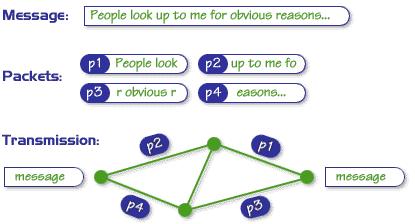Supporting Evidence
Feedback
After an excellent start, your "What is..." section does drift quite quickly
into explaining how it works. You might perhaps have paused to say a little
more about what the Internet includes, using material from the start of
Module 2 (e.g. the WWW's role as a library, shopping centre, news
provider etc.). I was surprised to find this later in your report!
Back
More than a sum of its parts
But the Internet is much more than cables, modems and computer screens.
It's people that use the Internet and because of this it takes on a whole
new meaning.
To some it's a communication device allowing families that might be
separated to keep in touch via email or even see each other as they chat
using video conferencing. (When my grand daughter was born (in New York)
I saw my first pictures and a short video of her via the Internet).
To others it's a vast source of information, to a student looking for
a reference to put in there work its a library, its an encyclopaedia to
a schoolboy doing his home work or its just a recipe for jam sponge. What
ever the information you want its available via the net.
Groups of people around the world use it as a vast discussion forum
(known as news groups) what ever your interest you will be able to find
like-minded people to share in your interest, or even argue and debate
with.
It's a shopping mall; it's a business and an education tool.
It's as diverse as the people that use it.
Back
Description of the Internet
The
T171 team describes the Internet as "a global network of computer
networks" or as the introduction says a network of networks. If you
link the computer in your home or office to another computer you have a
small network as you add more computers the network grows, you can share
printers, disk drives etc. But you are limited to within the home or office.
Now add a modem or one of the other communication devices (cable, satellite
dish) and you can go beyond your home/office and onto the Internet. You
do not need to have a network in your home/office you can link a single
computer known as a client with a modem to the Internet. The modem links
you via a telephone line to another modem belonging to an ISP (Internet
Service Provider) examples are BT Internet and Virgin.net. These company's
use servers and routers to provide links to other ISP's and onto what is
known as the backbone, this is a set of cables and satellites that link
not just towns but countries together. So when you press send on your email
or request a web page you are potentially connected at the speed of light
to every other connected computer in the world.
An example of a client/server connection from the T171
web site(2002)

How does it work?
Now we know what it is physically we need to know how it works. Each email
you send or receive, each web page you request every thing you download
(receive from someone) or upload (send to someone) is treated in just the
same way. A set of programmes in your computer takes the information you
want to send cuts it into small uniform lengths and forms what are called
packets. So large files will have lots of packets and smaller files fewer
packets, each packet as some extra information added so that it can be
sent to the right destination and reassembled in the right order.
Here is an example from the T171
web site (2002) of a packet and an explanation of some of the
terms used.

Source IP Address
So if any packets are missing they can be requested again.
Destination IP Address So it can be sent to
the right address.
Total Length
So it can be determined if any packets are missing.
Identification
So individual packets can be identified.
Time To Live
So that packets can be removed after a given time (32 to 255 seconds) or
the net would just fill up.
These packets are then sent via your modem and the telephone line to
your ISP and on to their destination through routers. Routers are terminals
that read the information that as been added to the packet; using this
information it will send the packet to the next node on rout to the final
destination (IP Destination) or if any are missing it will request a packet
to be resent from the originator (Source IP address) the same process is
gone through at each node until the packet reaches its final destination,
where the TCP/IP programme reassembles all the packets in the right order
and gives them to the relevant programme to process (a sound file to a
player, a document to a word processor etc.)
Here is an example of packet transmission from the T171
web site(2002)

Back
